Science – The Optimal Breathing Pathway
Basic Science and Facts for Breathing ✅
- Bohr Effect determines how well the oxygen in the blood can be transferred to tissues and cells. Based on Bohr’s discovery, CO2 levels in the blood directly affect how much oxygen can be released from hemoglobin for the tissues to use.
- Hyperventilation (over-breathing) reduces CO2 in the lungs, airways, and blood.
- When CO2 is low in the blood, even if the oxygen saturation in the blood is 99%, tissues and cells will get less oxygen.
- When CO2 is low in the lungs and airways, it would cause bronchoconstriction, the main problem of asthmatics.
- Chronic over-breathing is associated with many chronic diseases, such as moderate to severe asthma.
- Acute over-breathing in sports causes exercised-induced asthma, lower VO2Max, and earlier muscle fatigue.
- When you over-breathe, stronger breathing muscles won’t help or even worsen your oxygen consumption as your stronger breathing muscles just make you over-breathe even more.
- Diaphragmatic breathing via the nose is far more efficient and healthier than chest breathing via the mouth.

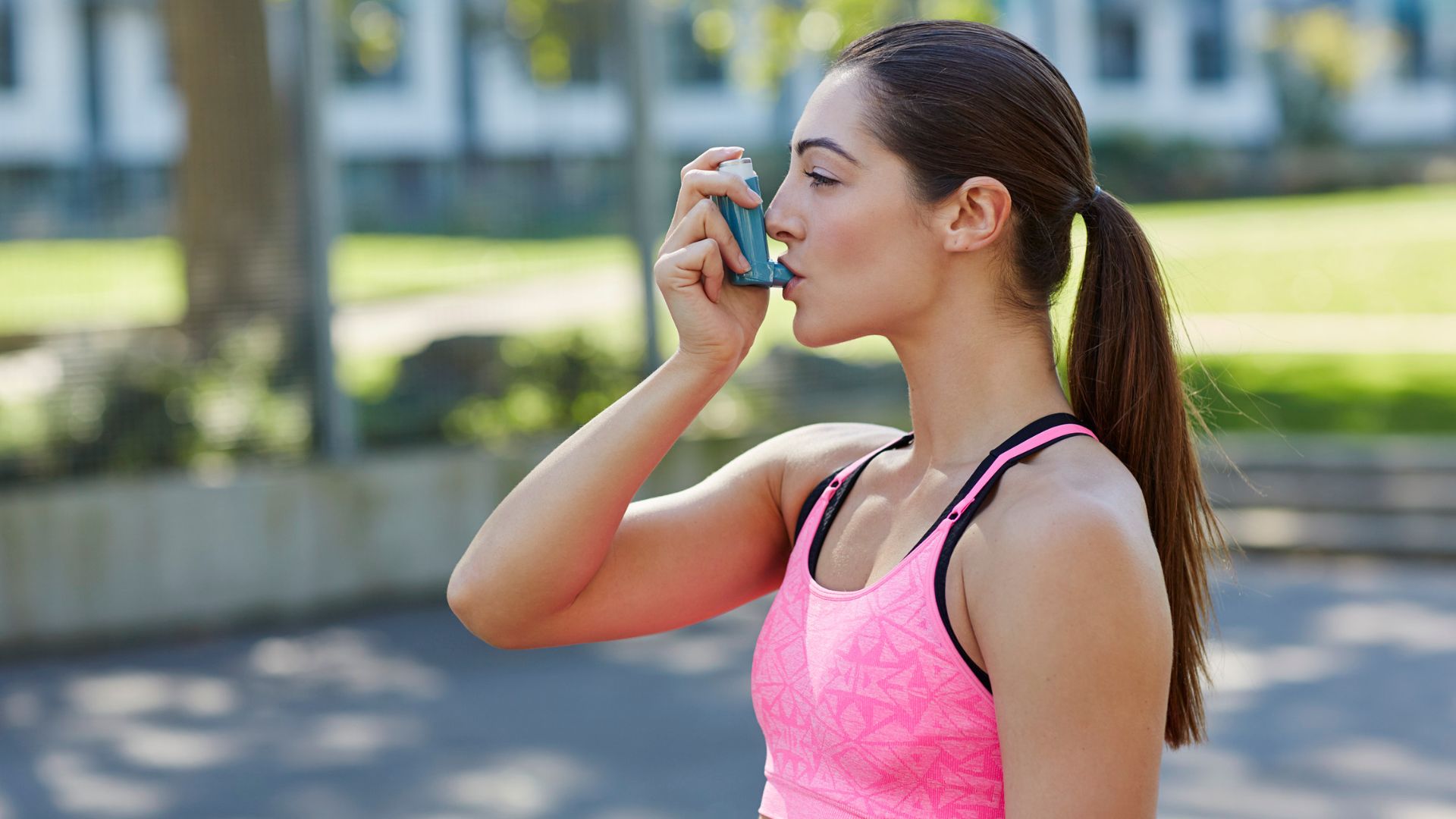
Science and Evidence-Based Healthy Breathing Strategy for Asthmatics
- Avoid breathing in polluted air, such as pollen, dust, fumes, or smoke.
- Avoid breathing in a sustained large amount of cold and dry air.
- Avoid catching a cold or flu.
- Use the diaphragm to breathe through the nose 24/7, and close the mouth whenever you can.
- Control the breathing volume according to your metabolic rate – Do not over-breathe.
- Practice Reduced Breathing daily to increase the CO2 level in the lungs and blood and develop healthy breathing patterns.
- Perform spirometry testing regularly to monitor your asthma status and guide your treatment and exercise activities accordingly.
Buteyko Discoveries
Konstantin Pavlovich Buteyko, MD-PhD, is a famous Ukraine-born Russian physiologist, who discovered in the 1950s that over-breathing (hyperventilation) reduces CO2 in the lungs and blood, which results in spasms of bronchi and blood vessels, reducing oxygen delivery to the body, which triggers the brain to command even more breathing, thus creating a vicious circle, eventually causing oxygen starvation of the body.
The following is just a snapshot of his further discoveries:
- The level of CO2 in the lungs is the main regulator of many body functions, and when over-breathing reduces the CO2 level sufficiently low, various body dysfunctions will be created.
- Over-breathing is the root cause of asthma. Asthma is a defense reaction of the body to prevent over-breathing rather than a disease, thus asthma is curable by reducing breathing.
- Chronic over-breathing causes PH imbalance in the body, and disturbs the metabolism, thus leading to immune system over-reaction into allergies.
- Chronic over-breathing causes oxygen starvation in nerve cells, metabolic malfunction, and an over-excited nervous system, which brings about mental disorders.
- Chronic over-breathing also contributes to heart disease, cancer, diabetes, hypertension, and many of the world’s most common diseases.
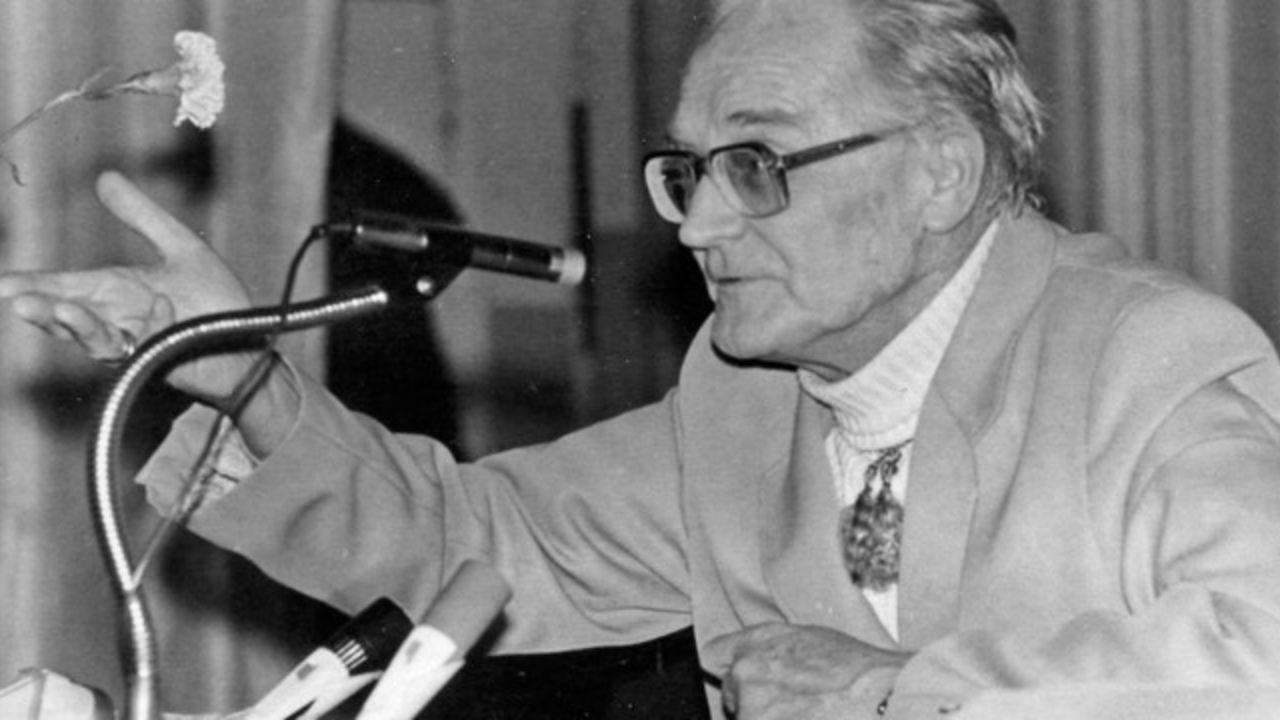

The Buteyko Method for Reduced Breathing
With the discovery of over-breathing being the culprit of many diseases, Buteyko and his medical team went on to develop and trial a systematic reduced breathing method and technique now called The Buteyko Method.
The original description from Dr. Byteyko about his Reduced Breathing is as follows:
- Decrease
- The depth
- Of breathing
- By relaxation of the diaphragm
- Till slight shortage of air (Buteyko, 1991)

Image source: normal breathing. com
It is understandable that without access to advanced breathing measurement equipment at the time for each individual outside a medical lab, this was probably the most practical way Dr. Buteyko could describe the method to ordinary people.
Many clinical trials have been conducted since the 1960s showing excellent results:
- Firstly in the former Soviet States with over 200,000 people mostly asthmatics being treated.
- Since the 1990s, trials started in Australia, then New Zealand, UK, and USA, with at least over 100,000 people successfully treated so far.
The following link lists a number of clinical trials from 1998 – 2017. (buteykoclinic.com/buteyko-trials/)
The method has proved effective in curing many severe asthmatics. Some of these cured asthmatics went on to become Buteyko Method practitioners, here are some examples:
- Patrick McKeown – founder of Oxygen Advantage – Ireland,
- Sasha Yakovleva – co-founder of Buteyko Breathing Center – USA
- Hadas Golan – BreatheOn – USA
- Paul O’Connell – Founder of Buteyko Institute of Breathing & Health – Australia
- Glenn White – Director of the Buteyko Breathing Clinic in Auckland, New Zealand.
The Control Pause in Buteyko Method
The key metric for measuring breathing health introduced by Buteyko Method is the Control Pause, which is an accurate and sensitive parameter that is corresponding to breathing volume (minute ventilation), body CO2 concentration, and level of tissue oxygenation.
The physiological norm is 40 seconds, and it is corresponding to 6 Liters of minute ventilation for a 70kg adult.
This is a simple but effective metric if performed correctly, and it doesn’t require any equipment apart from a watch and your attention. However, the Control Pause can be tricky to measure, affected by a number of factors.
Given the key to the Reduced Breathing exercise is small inhalation, relaxed exhalation, and slight air hunger, there may be alternative metrics to assist in practicing the Reduced Breathing.
Aimwell AYO Respirators for Asthmatics, Sports, and General Health
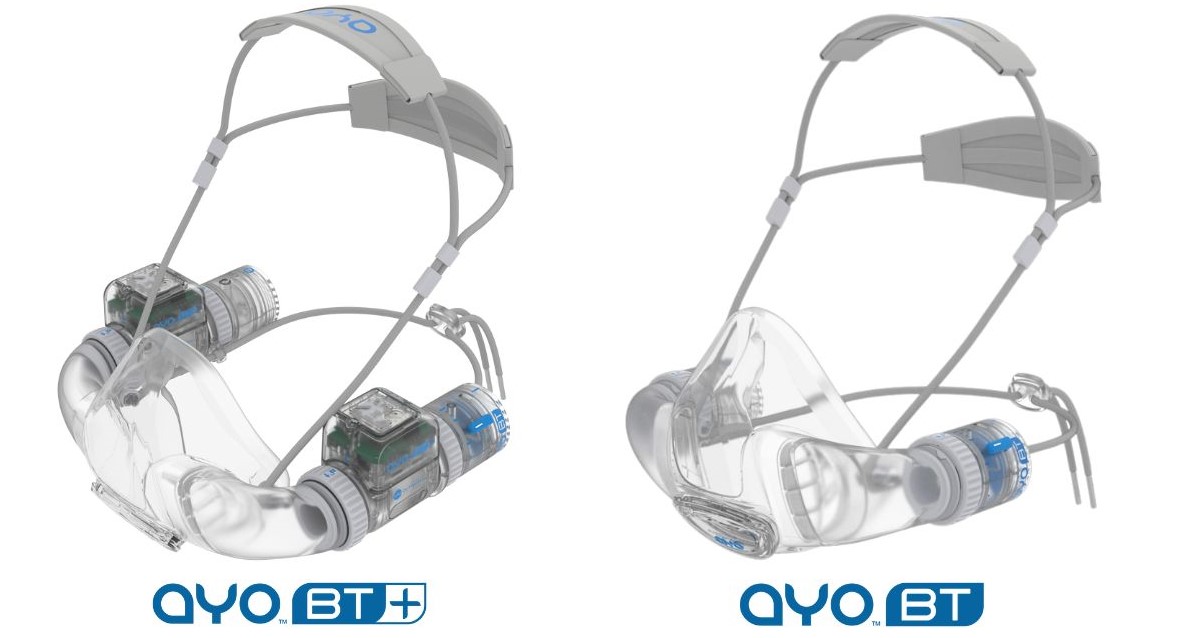
Inspired by the Buteyko Method and a passion for sports, health, and wellness, Aimwell invented AYO series breathing devices specifically targeted at asthmatics, sports, and general health. The devices are intended to:
- Provide reliable respiratory protection suitable for many activities, including working, recreational, and physical exercises.
- Provide a tool to help use the diaphragm to breathe through the nose and reduce breathing.
- Provide a mask that could warm and moisten cold and dry air.
- Provide breathing measurements while practicing breathing exercises and sports training.
- Provide spirometry testing – the vital sign for asthma and one of the vital signs for human health.
- Empower breathing training practitioners to train more people effectively.
- Empower each individual to practice breathing exercises confidently with reliable breathing data.
Key breathing measurements include:
- Real-time breathing waveforms
- Breath Rate (BR) – Number of breaths in a minute.
- Minute Ventilation (MV) – breathing volume in a minute.
- Total Volume (TV) – breathing volume in one breath.
- Peak inhalation and exhalation flow rate (PIF, PEF)
- Inhalation and Exhalation Time (IT, ET)
- Inhalation and Exhalation Pause (IP, EP)
- Power of Breathing and Work of Breathing
- Breath-hold Time (BHT)
- Forced Vital Lung Capacity (VC) – the total amount of air you exhale during a forced expiratory volume test.
- FEV1 – Forced Expiratory Volume during the first second expiration.
- FEV1/FVC ratio – an indication of the degree of airway obstruction.
Some of the measurements are particularly beneficial for practicing the Buteyko Method, such as:
- MV, TV, and PIF for accurately practicing Small Inhalation.
- The waveforms, PEF, ET, and EP for monitoring the relaxed exhalation.
- BHT for measuring the Control Pause.
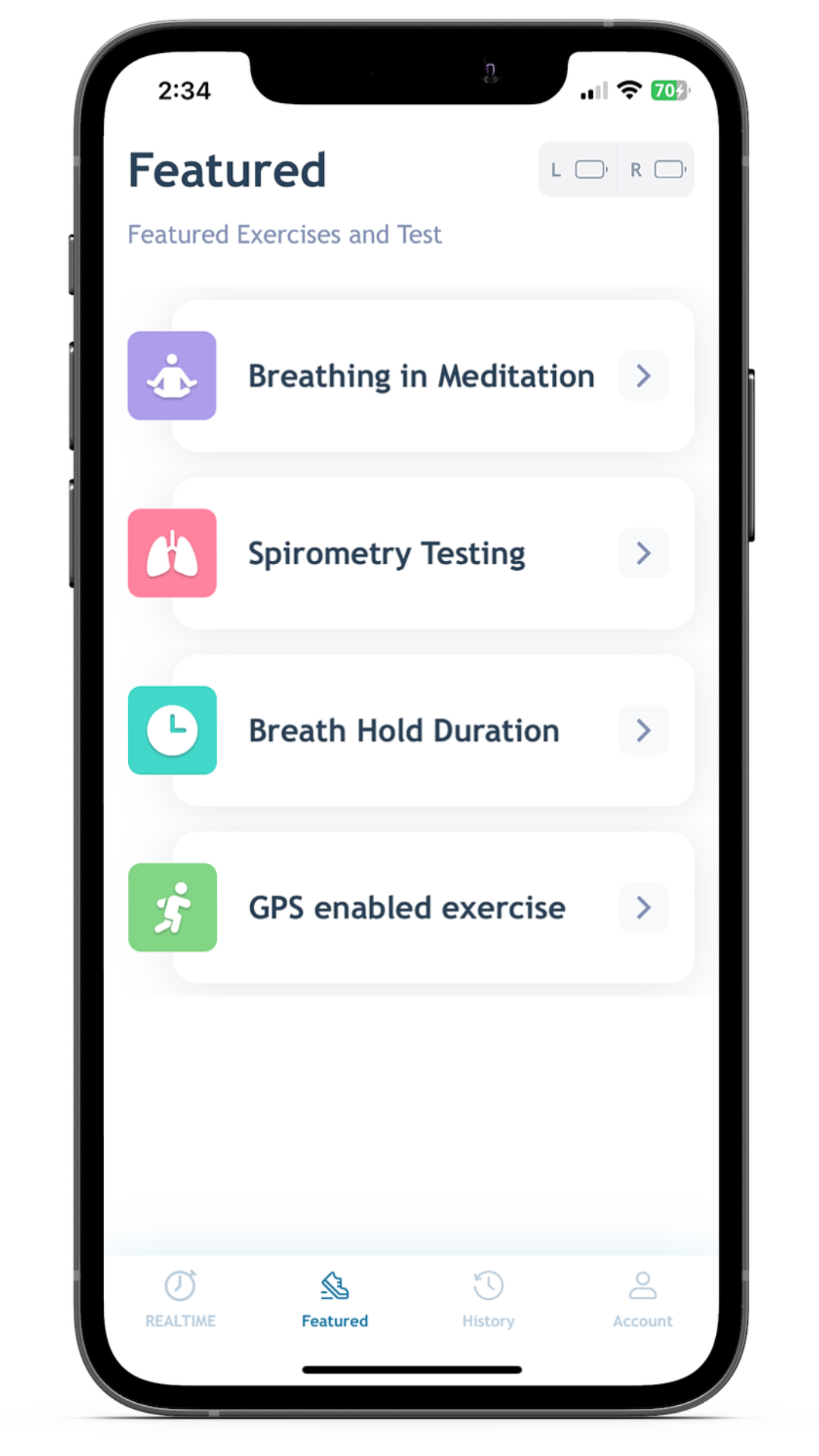
Aimwell Recommended Metrics for the Reduced Breathing
The Metric alternative or complementary to Control Pause
As Minute Ventilation (MV) is corresponding to Control Pause (CP), it is logical that MV can be used as an alternative metric to Control Pause.
The great thing to use MV as a metric is that, you would know how well you breathe every minute while you are doing the breathing exercise, and you could adjust your breathing in real-time towards this metric, knowing that when you can comfortably breathe at a certain MV, you will have a corresponding CP. Using MV as a metric during breathing training is equivalent to setting a CP target in the training that you could feel and try, thus turning an otherwise boring and uncertain training into a joyful and more precise training.
Thanks to the AYO respirator technology, for the first time, a new way of measuring breathing health becomes a reality, and its potential to benefit breathing training for optimal health is tremendous.
Optimal Breath Rate
In Buteyko Method, breath rate is not considered important in the context of reduced breathing, it is the volume in each breath the most important.
However, science tells us that breathing can affect heart rate, in particular, during inhalation, it makes the heartbeats faster, and during exhalation, it makes them slower. In physiological terms, this is called Heart Rate Variability (HRV). Higher HRV is more desirable because it indicates a healthy heart and overall healthy physiological functioning, including a more balanced parasympathetic-sympathetic functioning.
Research in the past 10 years shows that breathing at around 6 breaths per minute will maximize Heart Rate Variability, which is an important indicator of human health.
The Aimwell Healthy Breathing Metrics
To maximize the health benefits while you improve your breathing, we recommend an ultimate goal for most people: a Breath Rate of 6 per minute together with a Minute Ventilation of 6 L for a 70 kg adult. Then, the corresponding volume per cycle (tidal volume) is 1 L.
Note: for other body weights, the corresponding MV should be calculated proportionally. For example, for a 90 kg adult, MV is 7.7L, for 50 kg, MV is 4.3L.
We call this the ‘6&6’ Healthy Breathing Pattern, and although it is not an easy task, especially if you have had a poor breathing pattern over the years, it is something that most of us can achieve with persistent practice.
For most people, the strategy to achieve this healthy breathing pattern is to practice progressively from a higher MV to the desired MV, while trying to maintain the Breath Rate target unchanged.
For the first time, people can practice Reduced Breathing directly with the Breathing Volume and Breath Rate metrics that are optimized for Breathing Health and Heart Rate Variability, promising a profound way to gain enhanced overall health benefits.
Aimwell AYO Respirator, A Holistic Preventative Solution for Asthma Management.
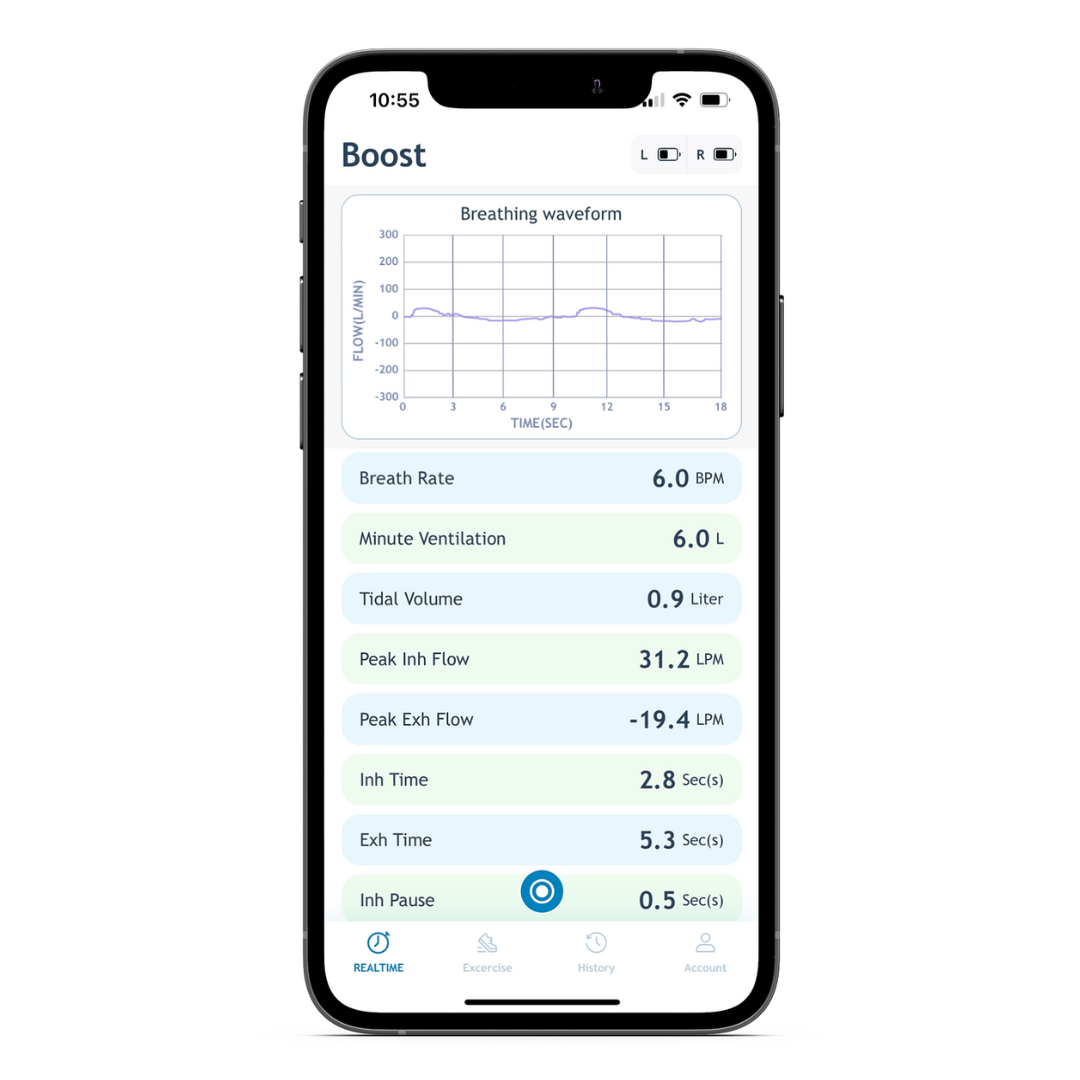
Dr. Rakhimov is an internationally renowned scientist, Buteyko Breathing training expert, health writer and educator. His popular best-sellers on Buteyko Method include Advanced Buteyko Breathing Exercises, Normal Breathing: the Key to Vital Health, and Oxygenate Yourself: Breathe Less, just to name a few.
His website: NormalBreathing dot com is the world’s largest website devoted to breathing retraining.
